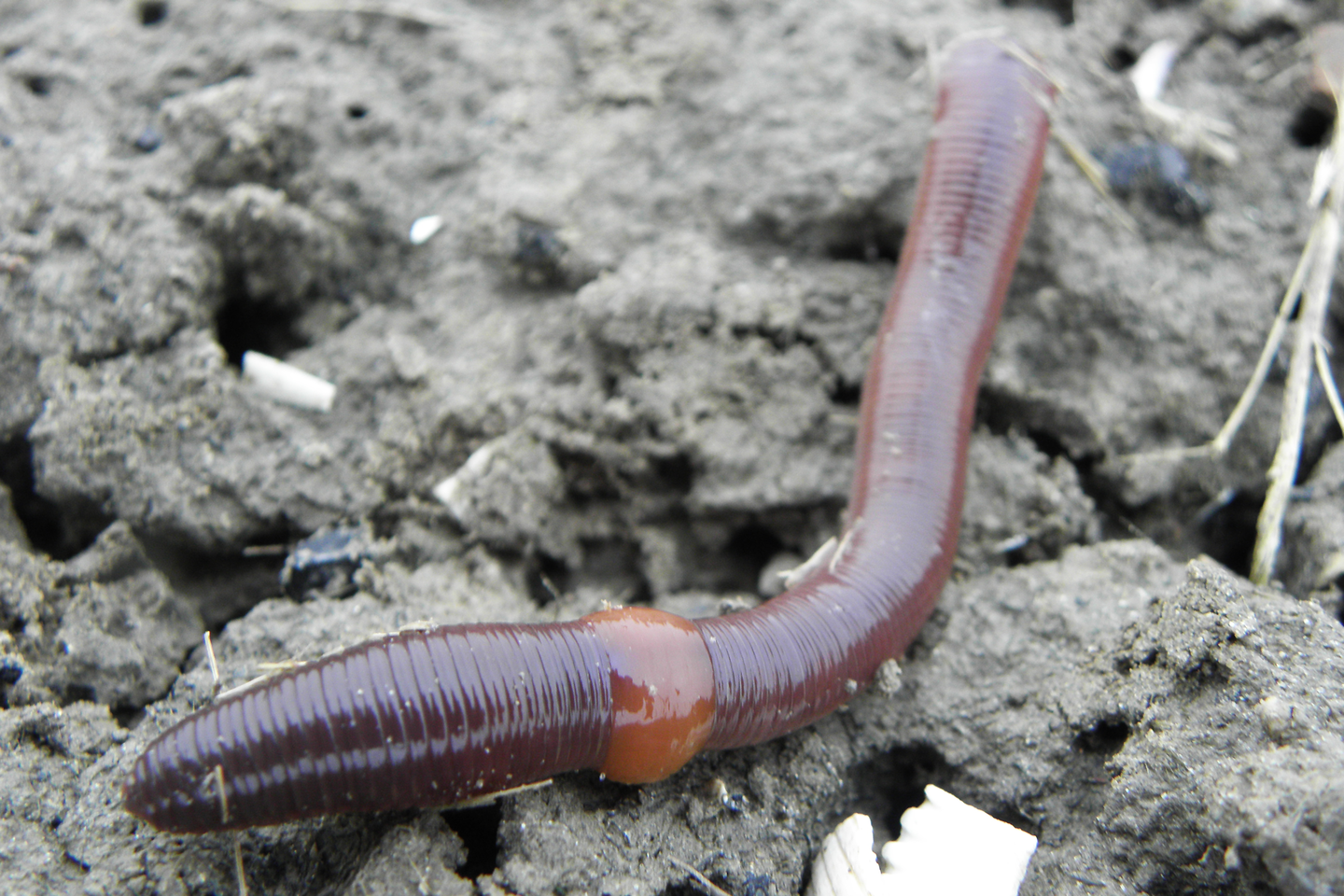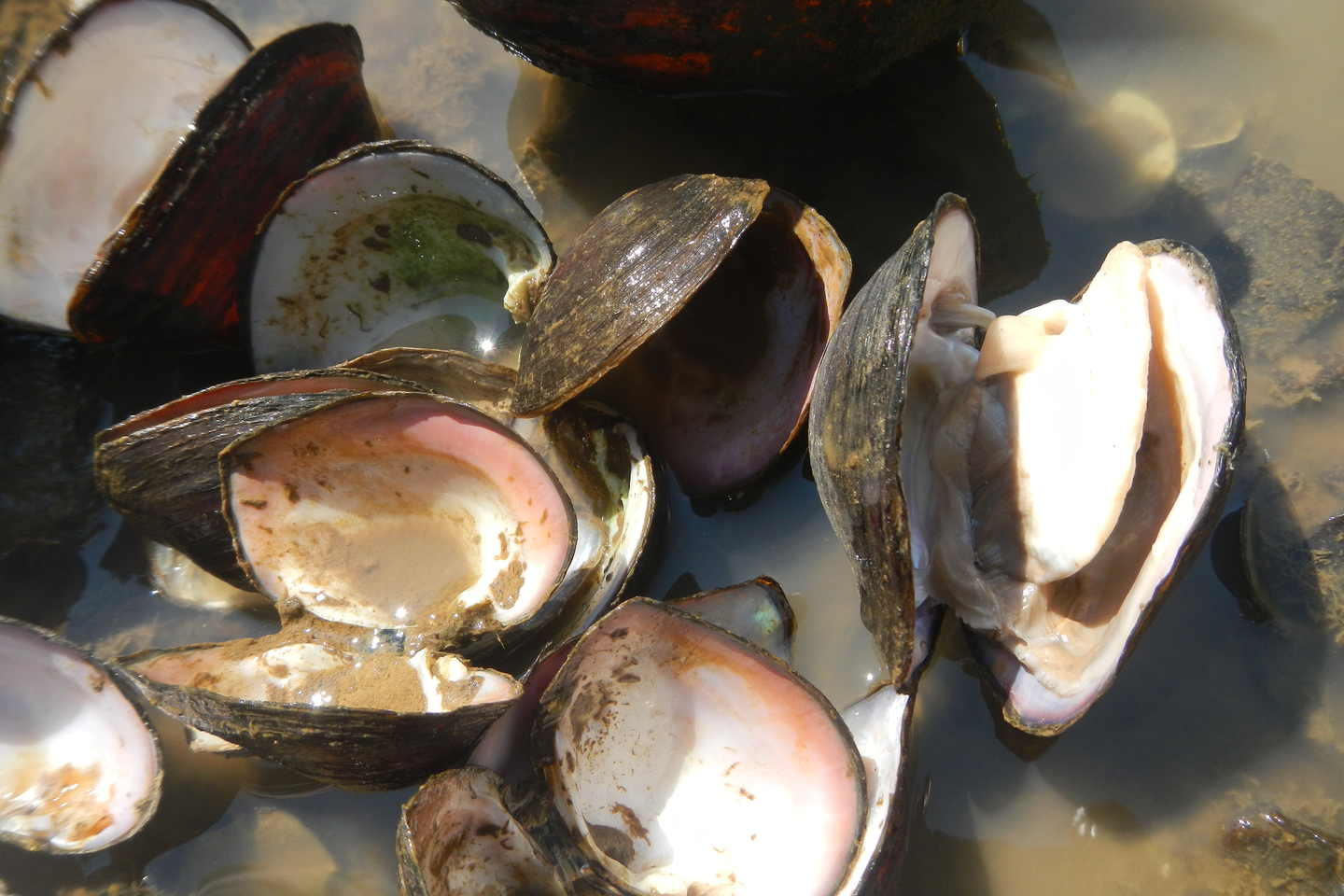Invertebrates
that there are many different types of animal in our surroundings;
which animals are raised by humans;
that some animals have common features, e.g. all birds have feathers and wings.
recognize on the basis of external features, to which group the animal belongs;
discuss which animal groups are found in Poland and give examples of them;
explain that differences in animal structures result from adaptation to the environment;
Animals inhabiting the Earth are extremely diverse. However, they can be divided into groups with common characteristics, for example, vertebrates and invertebrates. Most animals, e.g. earthworms, wasps and snails, are invertebratesinvertebrates.
AnnelidsAnnelids are animals that have an elongated cylindrical body consisting of a series of successive rings from which their name originates. Most of the annelids live in marine and inland waters, and some in the soil. The rings do not form a skeleton. A well‑known representative of the annelids is an earthworm.
ArthropodsArthropods is the largest group of animals living on Earth. So far, over one million two hundred thousand species have been catalogued. Certainly, there are many more, because new ones are still being discovered. All arthropods have legs made of movable joints. The body of an arthropod is covered in armour. Arthropods include, insects, as well as crayfish and lobsters.
MolluscsMolluscs is a group of animals with a soft body. Some molluscs produce limestone shells. Most of them live in water. Molluscs include; snails, mussels and octopuses.
Summary
Annelids have soft bodies consisting of many rings.
Arthropods have limbs connected by joints.
Many molluscs have a hard shell.
Point out examples of animals raised by humans that belong to; the arthropods, molluscs, fish, birds and mammals. Indicate the reasons why people raise these animals.
Keywords
invertebrates, insects, annelids, molluscs, arachnids, crustaceans
Match the pairs: English words with Polish definition.
bezkręgowce o ciele podzielonym na wiele pierścieni żyjące w wodzie i glebie, grupa zwierząt posiadających członowane, połączone stawami odnóża i o ciele pokrytym pancerzem, zwierzęta nieposiadające wewnętrznego szkieletu; należy do nich wiele grup zwierząt o bardzo zróżnicowanej budowie, zwierzęta wodne i lądowe pozbawione wewnętrznego szkieletu, których ciało często osłania muszla
| invertebrates | |
| molluscs | |
| annelids | |
| arthropods |
Glossary
bezkręgowce – zwierzęta nieposiadające wewnętrznego szkieletu; należy do nich wiele grup zwierząt o bardzo zróżnicowanej budowie
mięczaki – zwierzęta wodne i lądowe pozbawione wewnętrznego szkieletu, których ciało często osłania muszla
pierścienice – bezkręgowce o ciele podzielonym na wiele pierścieni żyjące w wodzie i glebie
stawonogi – grupa zwierząt posiadających członowane, połączone stawami odnóża i o ciele pokrytym pancerzem







